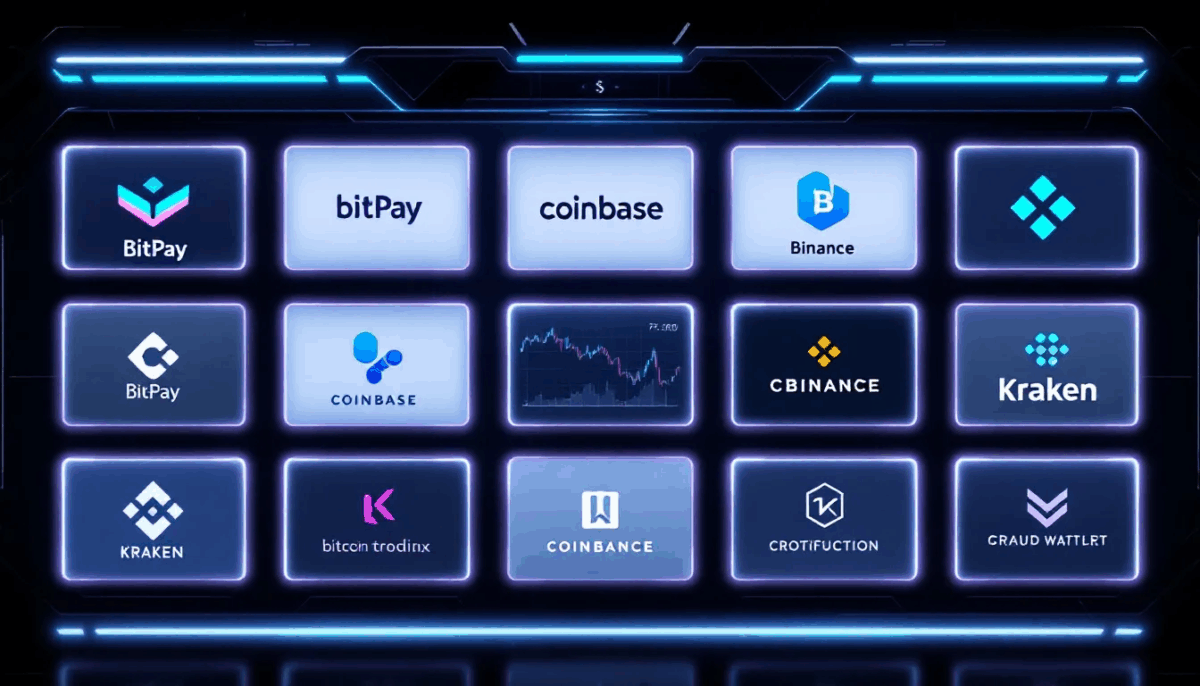The blockchain landscape is expansive and constantly changing, with numerous platforms boasting distinct features and strengths. Whether you’re just starting out with blockchain or are an experienced cryptocurrency user, it’s crucial to know which blockchains excel for various purposes. This guide delves into some of the leading blockchains, highlighting their key features and what sets them apart in the bustling world of cryptocurrency.
What are Blockchains?
A blockchain is a decentralised digital ledger that records transactions across many computers so that the record cannot be altered retroactively. This technology underpins cryptocurrencies like Bitcoin and Ethereum, enabling secure, transparent, and tamper-proof transactions. Each blockchain has its own unique characteristics and use cases. Let’s dive into some of the most prominent blockchains today.
Bitcoin: The Pioneer
Bitcoin, created by the pseudonymous Satoshi Nakamoto in 2009, is the first and most well-known cryptocurrency. It was designed as a digital alternative to fiat currencies, allowing for peer-to-peer transactions without the need for intermediaries like banks.
Key Features
- Security: Bitcoin’s blockchain is highly secure due to its decentralised nature and proof-of-work consensus mechanism.
- Liquidity: As the most widely adopted cryptocurrency, Bitcoin enjoys high liquidity, making it easy to buy, sell, and trade.
- Store of Value: Often referred to as “digital gold“, Bitcoin is seen as a store of value, particularly in times of economic uncertainty.
Ethereum: The Smart Contract Platform
Launched in 2015 by Vitalik Buterin, Ethereum expanded the blockchain’s capabilities beyond simple transactions. It introduced smart contracts, self-executing contracts where the terms are directly written into code.
Key Features
- Smart Contracts: Ethereum’s ability to execute smart contracts has paved the way for decentralised applications (dApps).
- Developer Community: Ethereum has a large and active developer community, continuously improving the platform and creating new applications.
- Decentralised Finance (DeFi): Ethereum is the backbone of the DeFi movement, which aims to recreate traditional financial systems in a decentralised manner.
Binance Smart Chain: The Fast, Low-Cost Contender
Binance Smart Chain (BSC) was launched by Binance, one of the largest cryptocurrency exchanges, to provide a faster and cheaper alternative to Ethereum.
Key Features
- Speed: BSC is designed to process transactions quickly, reducing the time users have to wait.
- Low Fees: Transaction fees on BSC are significantly lower than those on Ethereum, making it an attractive option for developers and users.
- Interoperability: BSC is compatible with Ethereum, allowing developers to port their projects over easily.
Cardano: The Research-Driven Blockchain
Cardano, founded by Charles Hoskinson, one of Ethereum’s co-founders, emphasises a research-driven approach to development. It aims to create a more secure and scalable blockchain.
Key Features
- Proof-of-Stake: Cardano uses a proof-of-stake consensus mechanism, which is more energy-efficient than Bitcoin’s proof-of-work.
- Scalability: Designed with scalability in mind, Cardano aims to handle a large number of transactions without compromising performance.
- Academic Foundation: Cardano’s development is grounded in academic research, with peer-reviewed papers guiding its evolution.
Solana: The High-Performance Blockchain
Solana is known for its high-speed and high-throughput blockchain, capable of handling thousands of transactions per second.
Key Features
- High Throughput: Solana’s architecture allows for extremely high transaction throughput, making it ideal for high-frequency trading and real-time applications.
- Low Latency: Transactions on Solana are confirmed in a matter of seconds, providing a smooth user experience.
- Growing Ecosystem: Solana’s ecosystem is rapidly growing, with numerous projects spanning DeFi, non-fungible tokens (NFTs), and more.
Polkadot: The Interoperable Network
Polkadot, created by Ethereum co-founder, Dr. Gavin Wood, aims to enable different blockchains to interoperate and share information.
Key Features
- Parachains: Polkadot uses parachains, individual blockchains that run in parallel within its ecosystem, enhancing scalability and efficiency.
- Cross-Chain Compatibility: Polkadot allows different blockchains to communicate and share information seamlessly.
- Governance: Polkadot has a sophisticated governance model, allowing stakeholders to have a say in protocol upgrades.
Conclusion
Choosing the best blockchain depends on your specific needs and goals. Bitcoin remains the top choice for security and store of value, while Ethereum leads in smart contract functionality and dApp development. Binance Smart Chain offers a faster, cheaper alternative, and Cardano focuses on security and scalability through rigorous research. Solana stands out for high performance, and Polkadot excels in interoperability.
Each blockchain has its strengths, and the best one for you will depend on your particular use case, whether it’s for simple transactions, developing complex applications, or creating a decentralised finance system. Understanding these differences is crucial for navigating the dynamic world of blockchain technology.
Explore these blockchains further and decide which one aligns best with your needs. The blockchain landscape is evolving, and staying informed will help you make the most of the opportunities it offers.


![Top VIP Crypto Casinos with High Roller Perks [2025]](https://coinnews.com/wp-content/uploads/2025/05/cbf67059-de4a-485a-b7cc-603b861d1eef-e1748341865818.png)





